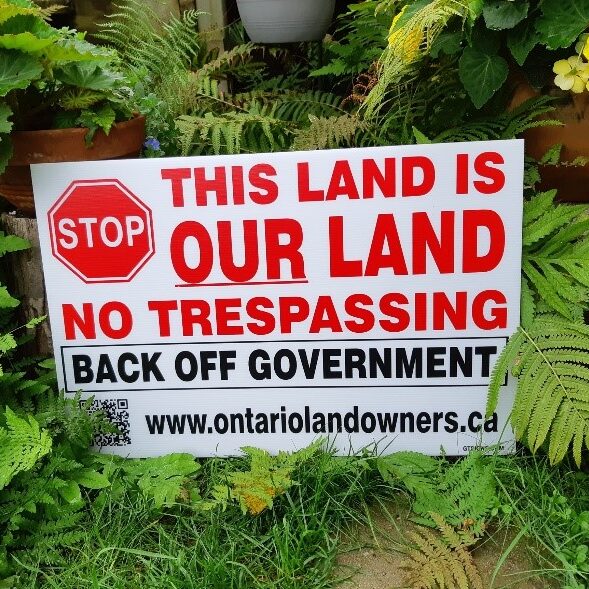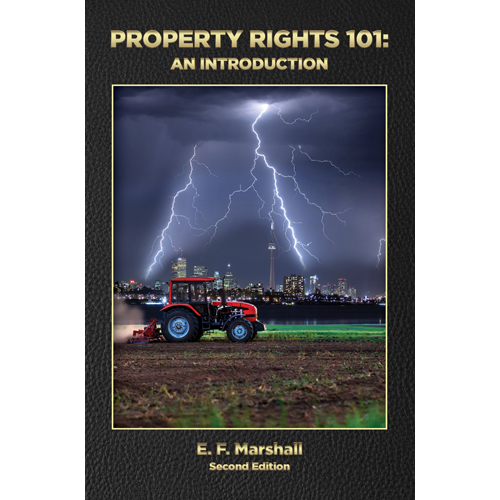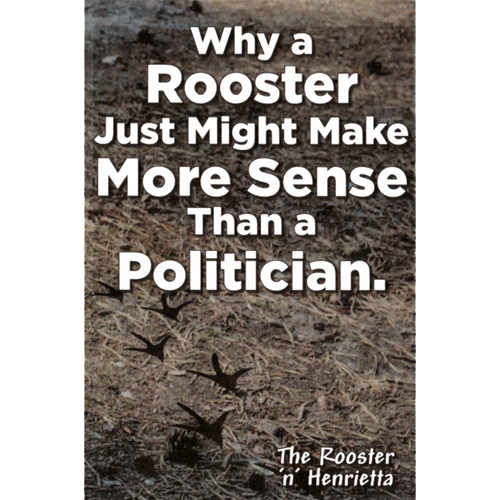Upcoming and Past Events
- 2017-10-01
- By admin
- Posted in Latest News
The OLA attends events across Ontario. We bring a wealth of experience and knowledge about how you can protect your property from trespass and harassment by government officials. We can show you how to organize your community to fight back against by-laws that infringe on your rights before they become law. Talk to us about Official Plans, designations, and implied consent! This month, you have a unique opportunity to hear about how our members are fighting for their property rights across Canada. Join the conversation on how to restore respect for private property.
Public Meeting in Lindsay, Ontario on October 21, 2017. Click the calendar for details.
Past Event: August 30, 2017
Meeting of the North Renfrew United Landowners by Dawn Jeffries
Approximately twenty-five people attended a meeting of the North Renfrew United Landowners (NRUL) on Wednesday, August 30, 2017 in the Deep River Legion.
Frank Burke, president of the NRUL, welcomed everyone and introduced Craig Kelley Director of Planning, Charles Cheesman Manager of Planning, and Bruce Howarth Senior Planner from the Department of Development and Property for Renfrew County. They answered questions updating the audience on the status of the 5-Year Review of the Official Plan.
Cheesman explained that the Official Plan sets out a Council’s policies for the development of a community. It set out the landscape, both built and natural environment, and manages the physical growth of a community. It is required by law to have an Official Plan, it must be updated every 5 years and must be consistent with the latest Provincial guidelines. Renfrew County’s last update was in 2003.
Question 1) What are the consequences of a County/Municipality not having an up-to-date Official Plan and 5-year Reviews being submitted late?
Cheesman replied that the province has been patient, so far, knowing that the County is working on it.
The Province has “sticks and carrots” to encourage timely updates to Official Plans.
One such stick is a $12,000 fee, which is prohibitive for most people, for Provincial approval to change an out of date Official Plan, for example, a change in zoning from rural to mineral aggregate.
The corresponding carrot is the County is exempt from Provincial approval with an approved Updated Plan, and therefore there is no $12,000 fee.
Another stick is Bill 139, an amendment to the Planning Act reforming the Ontario Municipal Board (OMB), replacing the OMB with Local Planning Appeal Tribunals. As the legislation stands (received first reading May 2017), there will be no appeals to any modifications the Minister might make to an Official Plan. Renfrew County and the Association of Municipalities of Ontario (AMO) are pushing for the right to appeal.
Another stick is the possibility that the Province could step in and modify the Official Plan or even remove the County’s approval of severances, subdivisions, local Official Plans and amendments.
Question 2) The Province frequently works on the “one size fits all” policy. Does the County “push back” or ignore those policies that clearly do not apply to Renfrew County?
The County has pushed back on certain issues such as severance policy, natural heritage and growth rates.
County Councillors feel that rural Ontario is “under fire” and the Province needs to understand local context and appreciate rural lifestyles. Not everyone wants to live in Toronto.
Question 3), At what stage do Municipalities provide input to the County when significant changes are made to the County Official Plan?
Municipalities provide input throughout the whole process.
At the beginning of the 5-year review process in 2011, letters were written to all municipalities directly covered by the Plan asking for comments. Eleven municipalities responded.
Planners attended and presented at council meetings of all 12 municipalities covered by the revised County Plan.
Mayors and Reeves of local Councils sit on the Development and Property Committee and on County Council.
County and local council members attended open houses and public meetings last summer.
Question 4) When changes to the classification or zoning of property are made or proposed, for example from rural/farming to wetland, how is the landowner informed of the proposed changes? How is his response received?
Newspaper ads were placed to inform the public of the 7 open houses and public meetings last summer.
Social media, county website, extensive media coverage on radio and over 20 newspaper articles were used during the two weeks of public meetings.
Landowner groups were very helpful in getting the message out and having people attend the meetings.
719 “opt out” form letters were submitted, 254 people signed in to the county’s public meetings and there were 146 municipal and public written and oral comments.
Question 5) If a Municipality does not wish to have their own Official Plan, can they take the County Official Plan but “not accept” certain sections?
12 of the 17 Municipalities use the County Official Plan. If they use the County Plan they must accept all of it, although they can add specific policies to suit their local needs.
Larger centres including Deep River and Petawawa have their own Official Plans.
Question 6) What is the definition of the zoning classification of “Wildfire Zone”?
The wildland fire policies are taken from a section of the Provincial Policy Statement that deals with protecting public health and safety.
No development shall be allowed in areas of hazardous forest types for wildland fires unless the risk is mitigated, using a firebreak for example.
Question 7) Is the County in favour of “Tiny Homes” with square footage less than the minimum 800 square feet that some current bylaws demand?
Tiny homes are not so much a planning obstacle but they raise building code issues.
Applications can be made for tiny home communities to raise the issue that there is demand for this type of housing.
Question 8) When will the revised Plan be available to the public?
The County is aiming for a special meeting of the public with County Council in Pembroke in November where the Plan will be presented for review and discussion. The draft report will be available two weeks before the meeting. Notice will be provided to all people who wrote, spoke at/or attended the public meetings.
The next step will be to approve the final version of the Official Plan at another meeting of County Council.
The Official Plan will then be sent to the Province for approval or further amendments.
At the conclusion of the meeting, the audience thanked the speakers for a well-prepared presentation and thorough discussion of the issues.
Search:
Categories
Archives
- April 2024
- January 2024
- December 2023
- November 2023
- August 2023
- July 2023
- June 2023
- May 2023
- April 2023
- March 2023
- February 2023
- January 2023
- December 2022
- November 2022
- October 2022
- September 2022
- August 2022
- July 2022
- June 2022
- May 2022
- April 2022
- March 2022
- February 2022
- January 2022
- December 2021
- November 2021
- October 2021
- September 2021
- August 2021
- July 2021
- June 2021
- May 2021
- April 2021
- March 2021
- February 2021
- January 2021
- December 2020
- November 2020
- October 2020
- September 2020
- August 2020
- July 2020
- June 2020
- May 2020
- April 2020
- March 2020
- February 2020
- January 2020
- December 2019
- November 2019
- October 2019
- September 2019
- August 2019
- July 2019
- June 2019
- May 2019
- April 2019
- March 2019
- February 2019
- January 2019
- December 2018
- November 2018
- October 2018
- September 2018
- August 2018
- July 2018
- June 2018
- May 2018
- April 2018
- March 2018
- February 2018
- January 2018
- December 2017
- November 2017
- October 2017
- September 2017
- August 2017
- July 2017
- June 2017
- May 2017
- April 2017
- March 2017
- February 2017
- January 2017
- December 2016
- November 2016
- October 2016
- September 2016
- August 2016
- July 2016
- June 2016
- May 2016
- April 2016
- March 2016
- February 2016
- January 2016
- December 2015
- November 2015
- October 2015
- September 2015
- August 2015
- July 2015
- June 2015
- May 2015
- April 2015
- March 2015
- February 2015
- January 2015
- December 2014
- November 2014
- October 2014
- September 2014
- August 2014
- July 2014
- June 2014
- May 2014
- April 2014
- March 2014
- February 2014
- January 2014
- December 2013
- November 2013
- October 2013
- September 2013
- August 2013
- June 2013
- April 2013
- October 2012
- May 2012
- September 2011




